Physics Distinguished Lecture Series
The aim of the Physics Distinguished Lecture Series is to invite preeminent scientists who inform and inspire students and the public through first-hand accounts of their path-breaking inventions and scientific discoveries.
We are grateful to the anonymous donor for their generous support of this important annual activity of our Department.
2026: Dr. Stuart Parkin
Director at the Max Planck Institute of Microstructure Physics, Halle, Germany, and an Alexander von Humboldt Professor at the Martin Luther University Halle-Wittenberg.
Dr. Parkin will present his lecture on April 13, 2026.
Additional details will be posted as they become available.
Previous Distinguished Lecture Speakers
The following is a list of previous speakers that the Physics and Astronomy Department has hosted.
Professor of Theoretical Physics, SLAC National Accelerator Laboratory, Stanford University
Dr. Brodsky presented a technical lecture on February 17, 2025 and a general lecture on February 19, 2025 on the CSU Long Beach campus.
Technical Lecture Abstract
Advances in Hadron Physics from Color-Confining Light-Front Holography: A Novel Nonperturbative Approach to Color Confinement, Hadron Spectroscopy, and Dynamics
I will review how the application of superconformal quantum mechanics and light-front holography leads to new insights into the physics of color confinement, the spectroscopy and dynamics of hadrons, as well as surprising supersymmetric relations between the masses of mesons, baryons, and tetraquarks. Spontaneous chiral symmetry breaking is automatically fulfilled by supersymmetric Light-Front QCD. The light-front holographic approach (HLFQCD) also predicts the behavior of the QCD running coupling and other observables from the non- perturbative color-confining domain to the perturbative domain. One can determine the QCD running coupling to high precision from the data of just a single experiment over the entire perturbative regime by using the Principle of Maximum Conformality (PMC). The PMC, which generalizes the conventional Gell-Mann-Low method for scale-setting in perturbative QED to non-Abelian QCD, provides a rigorous method for achieving unambiguous scheme-independent, fixed-order Standard Model predictions, consistent with the principles of the renormalization group.
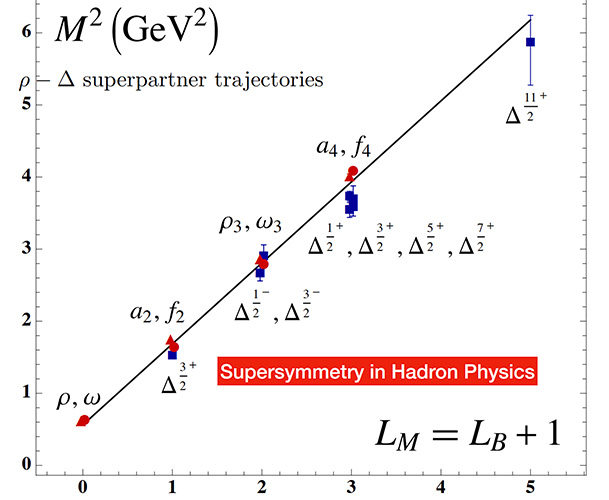
General Lecture Abstract
Physics on the Light Front: A Novel Approach to Quark Confinement and Hadronic Phenomena
I will survey a number of exciting new developments in hadron and nuclear physics which can be derived from the application of Dirac's light‐front methods. The new field of light‐front holography has provided new insights into the physics of quark confinement, the spectroscopy and dynamics of hadrons, the origin of hadronic masses, the running coupling of quantum chromodynamics (QCD) at all scales, as well as surprising supersymmetric relations unifying mesons, baryons, and tetraquarks. I will also discuss a number of novel features of QCD for both hadronic and nuclear physics, such as color transparency, hidden color, and intrinsic heavy quarks. The application of light-front methods to atomic physics also leads to new insights into the physics of relativistic atoms.

About the Speaker
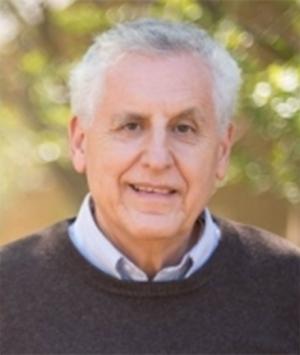
Stanley J. Brodsky (born January 9, 1940) is an American theoretical physicist and emeritus professor in the SLAC Theory Group at the SLAC National Accelerator Laboratory at Stanford University.
Brodsky obtained an undergraduate degree in 1961 and Ph.D. in physics in 1964 from the University of Minnesota, where his advisor was Donald R. Yennie. After two years as a research associate for Tsung-Dao Lee at Columbia University, in 1966 he began working for SLAC, where he became a professor in 1976.
Brodsky's research has focused on quantum chromodynamics, which is the theory describing the strong interactions between quarks and gluons. His 1973 paper co-authored with Glennys Farrar, Scaling Laws at Large Transverse Momentum (Phys. Rev. Lett. 31, 1153–1156), and 1980 paper with Peter Lepage, Exclusive Processes in Perturbative Quantum Chromodynamics (Phys. Rev. D 22, 2157–2198), led to the award of the Sakurai Prize.
He was the 2007 recipient of the Sakurai Prize for Theoretical Particle Physics, "for applications of perturbative quantum field theory to critical questions of elementary particle physics, in particular, to the analysis of hard exclusive strong interaction processes." He received the Pomeranchuk Prize, an international award for theoretical physics in 2015.
Executive Vice President for Research, Professor of Materials Science and Nanoengineering, and Professor of Physics and Astronomy, Rice University.
Dr. Ramesh presented on April 8, 2024 on the CSU Long Beach campus.
General Lecture Abstract
Energy: The True Final Frontier
More than five decades ago, President Kennedy exhorted the nation to rise up and meet the biggest challenges of that period, amongst them being the Race to the Moon, that led to the establishment of NASA and the Apollo program. In one of the most stirring presidential speeches, he urged the nation to "ask not what the country can do for you, but what you can do for the country." It is quite likely that we, as a nation (and the world), are once again at crossroads, from many perspectives. I will use Energy as a "Clear and Present" example of where we, as scientists, engineers, young and not-so-young, need to rise up and meet the challenges that we are faced with. Energy and Water are perhaps the most pressing issues of our generation. I will argue that Materials are the most strategic enablers of both fields. A few years ago, I had the opportunity to serve the nation in the role of the founding Director of the DOE Sunshot Initiative, which was designed to bring solar electricity down to grid parity. The huge impact of Sunshot and more generally Solar, is already being felt with prices of solar electricity dropping rapidly. More recently, I had the opportunity to help shape the "Earthshots," aimed at solving the biggest problems in Energy and Climate Change. In this talk, I will attempt to take you through from the "Macro," global energy economics down to what fundamental materials physics can do to help solve the key problems in Energy Efficient Electronics.
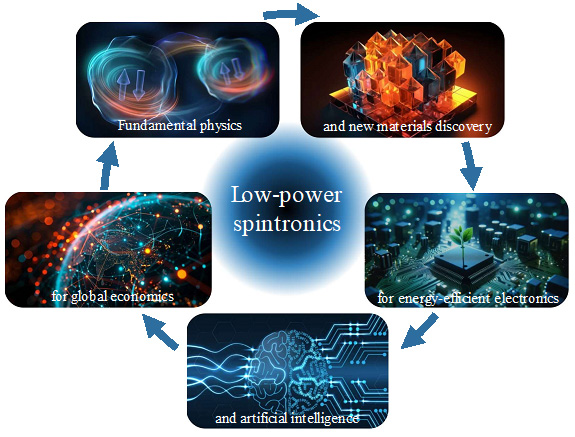
Technical Lecture Abstract
Vortices, Skyrmions and Cycloids: A New Era in Ferroelectrics
Complex topological configurations such as vortices, skyrmions and cycloids are a fertile playground to explore novel emergent phenomena and exotic phases in condensed-matter physics. I will describe the discovery of polar vortices and skyrmions in a lead-titanate layer confined by strontium-titanate layers by atomic-resolution scanning transmission electron microscopy (STEM). Phase-field modeling and second-principles calculations reveal that the polar skyrmions have a skyrmion number of +1 and resonant soft X-ray diffraction experiments show circular dichroism confirming chirality. Such nanometer-scale polar skyrmions exhibit a strong signature of negative permittivity at the surface of the skyrmion, which is furthermore highly tunable with an electric field. They are a new state of matter and electric analogs of magnetic skyrmions, and may be envisaged for potential applications in information technologies.
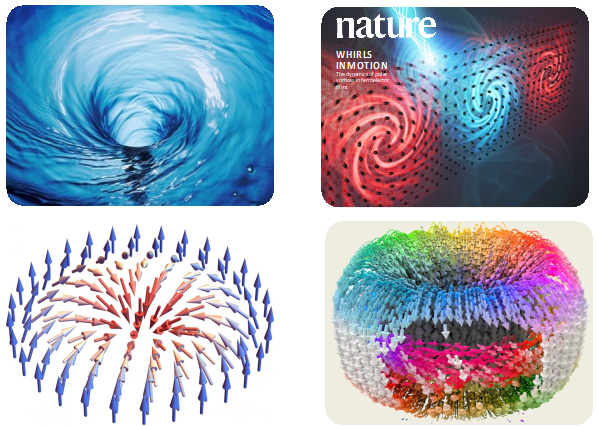
About the Speaker
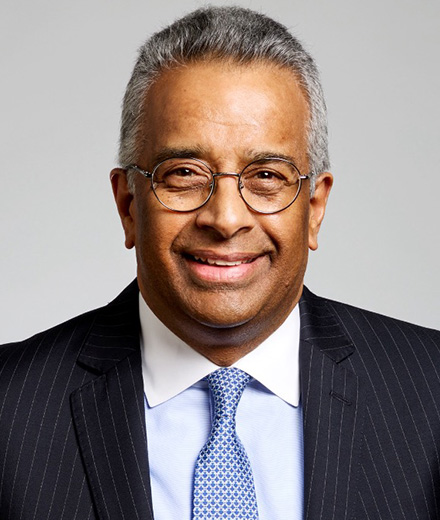
Ramamoorthy Ramesh is an internationally recognized leader in materials science and physics, with applications to energy. As vice president for research, Ramesh oversees Rice's internal and external research ventures. He partners with Rice’s senior leadership — together with deans, faculty and staff — to bolster the university’s research infrastructure and works to propel productivity and impact to new heights.
Prior to joining Rice, Ramesh held a number of leadership positions University of California at Berkeley, including the Purnendu Chatterjee Chair in Energy Technologies, director of the Berkeley Nanoscience and Nanoengineering Institute, founding director of the U.S. Department of Energy SunShot Initiative, deputy director of science and technology at Oak Ridge National Laboratory, and associate laboratory director at the Lawrence Berkeley National Laboratory.
On the SunShot Initiative, Ramesh worked under former energy secretary and Nobel laureate Steven Chu to lead a $300 million-a-year initiative aimed at bringing the cost of solar electricity down to grid parity, without the assistance of federal or state subsidies. He set the science and technology agenda, established the funding priorities and oversaw the solar research and development activities at the U.S. national laboratories. The program has been lauded for bringing solar electricity into large-scale deployment around the world.
In his role at Oak Ridge, Ramesh oversaw one of the nation’s largest research and development programs in materials and physical sciences, energy and engineering, computational sciences, biological and environmental science, neutron science and global security. The laboratory's annual research portfolio at the time was about $1.5 billion.
Ramesh earned a bachelor's degree in chemistry from Madras University, a bachelor’s degree in metallurgy from the Indian Institute of Science, Bangalore, and a master's and Ph.D. in materials science and engineering from UC Berkeley.
Prior to returning to Berkeley in 2004, Ramesh was a member of the technical staff at Bell Communications Research, and served as an associate professor, professor and eventually distinguished University Professor in materials science and engineering at the University of Maryland.
Ramesh has more than 600 publications and 98,000-plus citations. He has given more than 300 invited/plenary/keynote talks and received many honors.
Director, Institute for Data Intensive Science, Johns Hopkins University, USA.
Dr. Szalay presented on March 21-22, 2022 on the CSU Long Beach campus.
Technical Lecture Abstract
Statistical Challenges in Big Data Astrophysics.
The talk will discuss many of the issues and challenges of modern astronomy. We have entered the era of surveys, and as a result we have to get familiar with statistical and computational techniques appropriate to the size of data. The talk will discuss how Big Data is leading to a change in the nature of errors, how computability is increasingly revolving around systematic errors and how to deal with the emerging Artificial Intelligence challenges.
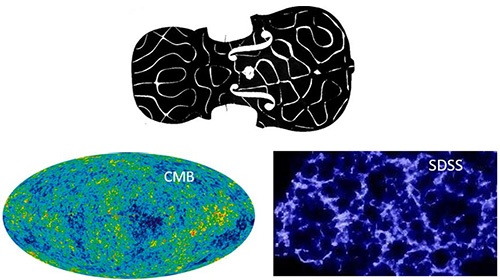
General Lecture Abstract
From Big Data to Discovery: The Fourth Paradigm.
The talk will discuss the 20 year history of how Big Data brought fundamental changes to the scientific method. From the early days of the empirical paradigm of science we saw the emergence of the theoretical, followed by the computational paradigms, and now we see the data-driven, Fourth Paradigm of science. The talk will discuss how this is transforming every aspect of science, the new challenges that are emerging, and the ones that are ahead of us. We show the similarities between data driven approaches in many different fields of science, and show how our educational system needs to provide more interdisciplinary skills. We also show how techniques from astronomy can have a big impact in other fields, like medicine.
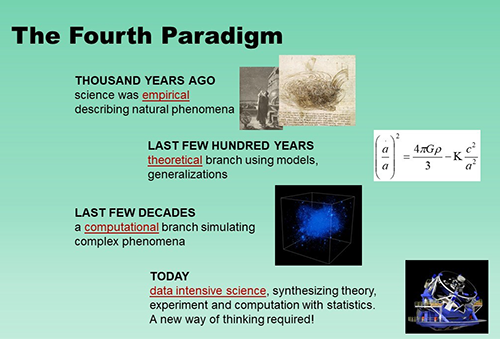
About the Speaker
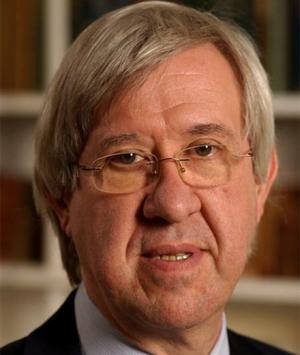
Alex Szalay is a cosmologist, currently working on a variety of Big Data related challenges, from astronomy to medicine. He was the archive architect of the Sloan Digital Sky Survey project, and has designed several novel statistical techniques in astronomy and spatial statistics. He has also been an early advocate of elementary particles as the dark matter. Most recently he is working on using Artificial Intelligence (AI) techniques to optimize the target selection on the Prime Focus Spectrograph (PFS) project of the Subaru telescope. He is also the Principal Investigator of one of the teams for the WFIRST telescope, responsible for prototyping a collaborative archive architecture. He has written several papers on genomics, and most recently he is collaborating with medical re-searchers on applying image analysis techniques from astronomy to challenges in cancer immunotherapy.
Dr. Szalay published over 500 scientific publications with over 60,000 citations. He is a Corresponding Member of the Hungarian Academy of Sciences, and a Fellow of the American Academy of Arts and Sciences. Dr. Szalay received numerous awards, among which are the Alexander Von Humboldt Award in Physical Sciences (2004), the Microsoft Jim Gray Award in 2007. In 2008 he became Doctor Honoris Causa of Eötvös University, Budapest.
See also: Alex Szalay website
Please note that 2020 and 2021 lectures were canceled due to COVID-19.
Laboratoire de Physique des Solides, Université Paris-Sud, France.
Dr. Guéron presented on March 25 and 27, 2019 on the CSU Long Beach campus.
Technical Lecture Abstract
Probing topological protection of Bismuth nanowire hinge states.
Bismuth has very recently been shown to belong to the family of Higher Order Topological Insulators, i.e. topological materials with insulating bulk and surfaces, but with metallic 1D "hinges" at the junction of its surfaces. I will show how we detected such hinge states in monocrystalline nanowires connected to superconducting contacts, and further used the supercurrent-versus-phase relation to demonstrate their ballistic nature. I will also present our recent measurement of the nanowire's linear response to an ac phase difference excitation. I will argue that the response's sharp dissipation peak when the superconducting phase difference is pi points to a topological protection of the Andreev levels carrying the super-current at the hinges.
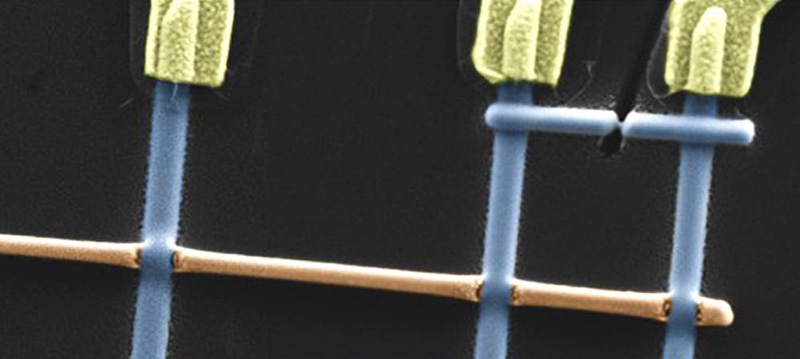
General Lecture Abstract
How Do Quantum Conductors Conduct?
Although electricity may be considered a banal commodity, the way in which electrons carry the current has some wondrous features. In this lecture, I will discuss experiments that reveal how current flows in small conductors, down to the scale of a single atom. I will also present quantum interference experiments with electrons that reveal their wave-like nature, both in vacuum and in solids. I will also show how the wave-like character of electrons can be exploited, in particular using superconductivity, to discover new states of matter in materials that were until recently considered ordinary.
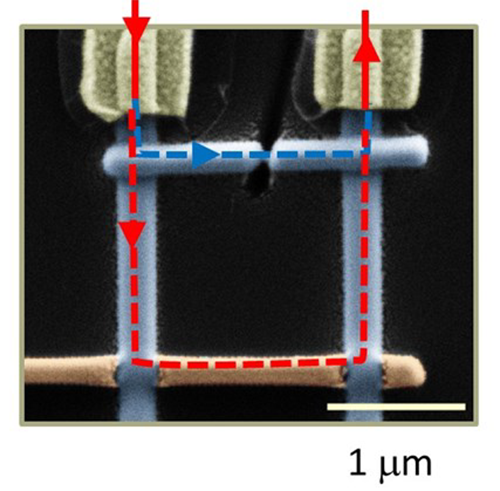
About the Speaker
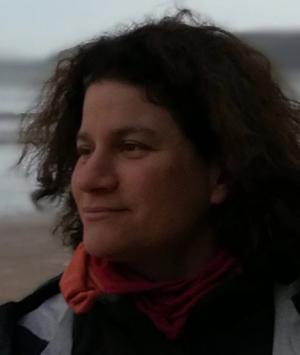
Sophie Guéron is Directrice de Recherche (senior scientist) at the French National Research Center (CNRS). She conducts her research in Orsay, France, in the Mesoscopic Physics group headed by Hélène Bouchiat. Her interests lie in systems sufficiently small and cold to exhibit signatures of quantum behavior. These so-called mesoscopic systems can be constructed from metals, carbon nanotubes, DNA molecules, metallofullerenes, and more recently graphene, transition metal dichalcogenides and bismuth monocrystals.
During her Ph.D. thesis in the Quantronics group of Saclay (France), she measured the energy distribution function of electrons in mesoscopic samples, to picture how much (or how little) electrons interact with each other at low temperatures. She also conducted experiments on the superconducting proximity effect, probing how far and how much superconducting-like properties penetrate in a non-superconducting material. Her postdoc years were spent at Cornell University, in the group of Dan Ralph, measuring for the first time single-electron transport through ferromagnetic metal particles small enough (roughly 1000 atoms) that the discrete "electron-in-a-box” energy levels can be resolved.
Since she joined the Mesoscopic Physics group in 1999, she has been investigating low dimensional systems with quantum transport tools, amongst which contactless measurements and the superconducting proximity effect. Among the discoveries made by the group are the superconducting state in ropes of carbon nanotubes; coherent transport through DNA molecules; identification of scatterers in graphene; and most recently, the discovery that bismuth nanowires are second order topological insulators.
Dr. Guéron is recipient of the 2001 CNRS bronze medal. She has authored over 50 publications on mesoscopic physics, quantum transport, coherence and interference, and proximity effects. She has also given numerous talks around the world on her research. She enjoys working with her fellow group members, and has supervised many PhD students and postdocs. One of her former PhD students is now a Physics faculty at CSU Long Beach!
See also: Mesoscopic Physics Lab website
Senior Scientist, Argonne National Laboratory, USA.
Dr. Roberts presented in inaugural lecture on February 21, 2018 on the CSU Long Beach campus.
Lecture Abstract
Laying the God Particle to Rest.
The power of the sun is generated by nuclear fusion reactions; and the energy released by these reactions is simply related to the mass differences between light nuclei. Why are they so large? Indeed, more fundamentally, what is mass? Where does it come from?
It is popularly thought that the 2013 Nobel Prize in physics was awarded to Englert and Higgs for answering these questions, following the discovery of the Higgs Boson in experiments using the Large Hadron Collider (LHC), the most powerful particle accelerator on earth. However, the Higgs Boson is almost irrelevant when it comes to identifying the source of more than 98% of the visible mass in the Universe.
The vast bulk of all the mass we can see and measure is found within a theory, which, on the surface, appears far simpler than that associated with the Higgs Boson. Yet, that theory, called Quantum Chromodynamics (QCD), has resisted solution for more than four decades. QCD is that part of the contemporary paradigm for unifying all the forces of Nature, which is thought to explain the structure of nuclei; namely, it is the fundamental theory of nuclear physics.
This presentation will provide a simple perspective on QCD and some of those remarkable emergent phenomena within it, without which we would not exist to ask and attempt to answer those opening questions relating to the nature of mass.
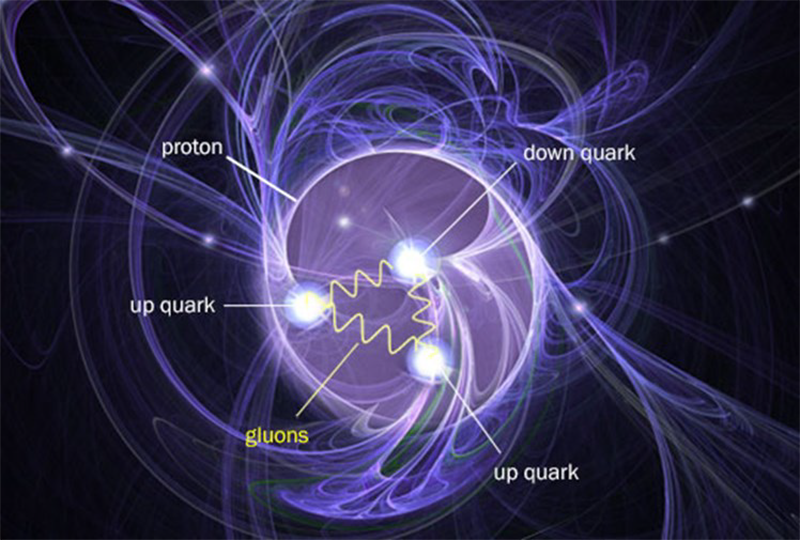
About the Speaker
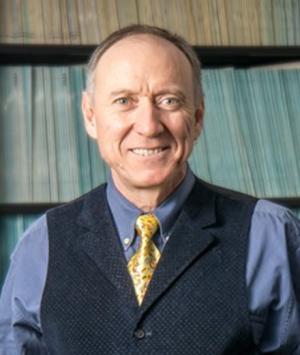
Craig Roberts is a Senior Scientist in the Physics Division at Argonne National Laboratory (ANL) – the USA's oldest National Laboratory. Having served as Theory Group Leader from 2001 until 2017, longer than any other person in the seventy-year history of the Laboratory, he stepped down last year in order to devote more attention to research at the newly upgraded Thomas Jefferson National Accelerator Facility, Newport News, VA, and the effort to secure support for an Electron Ion Collider in the USA.
He is a world-renowned Nuclear and Particle Physicist who has won numerous awards for outstanding contributions in Scientific Research and Science Management. He has authored over 160 research articles elucidating the theory of strong interactions, edited three Books, and delivered over 300 presentations around the world. He has trained numerous junior scientists, and two of his former post-doctoral Fellows are now Physics faculty at CSU Long Beach!
See also: Craig D. Roberts website





